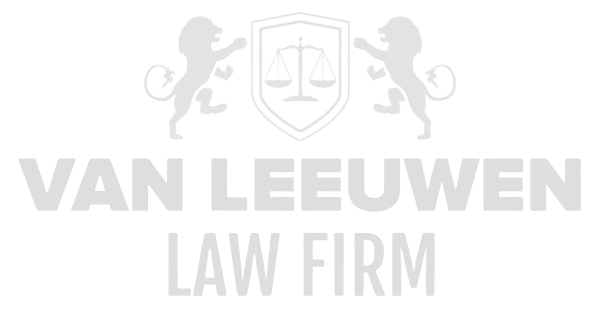Privacy is an integral part of the Data Risk & Privacy (DRP) service and involves the protection of personal and sensitive classified information against unauthorized access and disclosure. This domain focuses on implementing policy frameworks, technical measures, and organizational processes that ensure individuals retain control over their own data and that organizations comply with relevant laws and regulations, such as the GDPR and sector-specific rules. By emphasizing minimal data collection, purpose limitation, and data retention policies, a solid foundation for fraud risk management is created. In preventing identity theft and data breaches, which are often fundamental to fraud practices, effective privacy management plays a crucial role in ensuring continuity, reputation, and trust.
Financial Mismanagement
In cases of financial mismanagement, careless handling of personal data can lead to serious leaks in internal reporting processes. When sensitive financial data of clients, suppliers, or employees are insufficiently protected by privacy-by-design measures, the risk increases that unauthorized employees or external malicious actors gain access to detailed profile information. Such data collection and storage can be exploited to conceal financial statement manipulations or to exert pressure on decision-makers. Developing strict data flow diagrams and applying pseudonymization techniques reduces potential misuse. Regular Data Protection Impact Assessments (DPIAs) verify that only strictly necessary personal data is processed and that linking to financial reporting flows does not introduce unintended weaknesses.
Fraud
Fraudsters often use stolen or leaked personal data to assume identities, open false accounts, or carry out social engineering attacks. A robust privacy framework focuses on minimizing the value of collected data through data minimization and encryption at both storage and transport levels. Contextual access restrictions, based on so-called Privacy Access Controls, ensure that only authorized roles have access to sensitive personal data. Automated detection models in SIEM and DLP systems monitor deviations in user behavior and data transfers where sensitive attributes are being requested. In case of suspicious requests for viewing or modifying personal data, an audit procedure is immediately triggered, with logs irreversibly capturing who, when, and which data was accessed.
Bribery
Digital bribery practices sometimes involve inappropriate downloads or the clandestine sharing of confidential contract information. Privacy measures such as Secure Messaging and end-to-end encryption for internal collaboration tools prevent confidential documents, quotes, or negotiation parameters from falling into the wrong hands. Document management with Watermarking and Rights Management Services (RMS) adds unique per-user features so that any leaked version can be traced back to a source. Cross-checks between personnel and contractor data minimize opportunities for covert power shifts by bribed insiders. Transparent traceability via immutable audit trails ensures an indisputable chain of responsibility, acting as a deterrent to corrupt negotiators and safeguarding the integrity of bidding and invoicing processes.
Money Laundering
In money laundering operations, pseudonymized personal data is often used to conceal gathered criminal capital within seemingly legitimate transaction flows. A privacy-oriented design limits the linking of personal data to financial transactions through threshold values and tokenization systems. Privacy-preserving analytics, such as homomorphic encryption and secure multi-party computation, enable analysis without the actual exposure of raw personal data. In combination with real-time sanction and PEP screening, including automated alerts when personal attributes match risk profiles, suspicious patterns are identified early. Data retention filters ensure that historical personal data is anonymized after strictly defined periods, limiting the impact of any wrongdoing on long-term data.
Corruption
Corruption practices can be hidden within decisions and advice in internal governance tools, where personal data of influenceable parties is misused. A Privacy Governance Framework requires that all personal data processing be subject to strict justifications, documented via Policy-as-Code, and verified by independent Data Protection Officers. Integrity monitoring on metadata from decision-making tools detects changes in user privileges or policy documents that are not accompanied by the required DPIA justification. In case of deviations, escalation mechanisms lead to in-depth privacy and forensic audits. Additionally, a culture of privacy awareness—supported by structured training and phishing simulations—provides a behavioral safety net against manipulation by individuals with access to sensitive personal data.
Violations of International Sanctions
Accidentally sharing personal data with sanctioned entities can lead to heavy fines and reputational damage. Privacy measures such as automated data flow scans and real-time content inspection on all outgoing emails and data extractions ensure that processing is checked against current sanction lists and watchlists. Policy-as-Code rules, integrated into ETL and API processes, immediately block any dataset that matches risk configurations or geographic restrictions. By using geofencing and IP intelligence, data leakage from EU citizens to sanctioned countries is prevented. Incident Response Playbooks include privacy notification procedures in the case of sanction violations, ensuring that both relevant regulators and involved data stewards are timely and fully informed.











